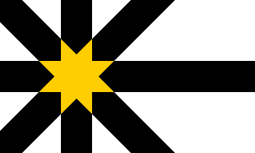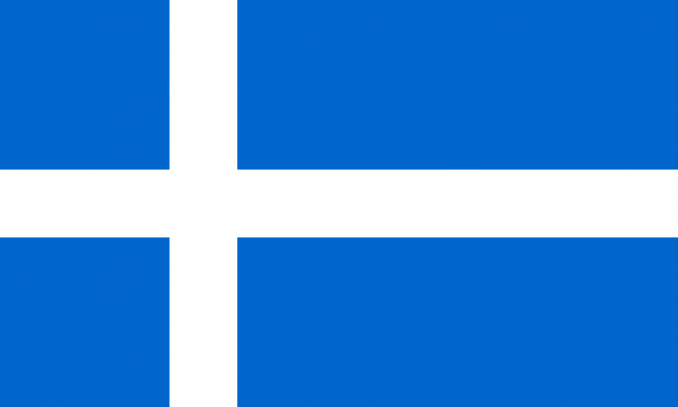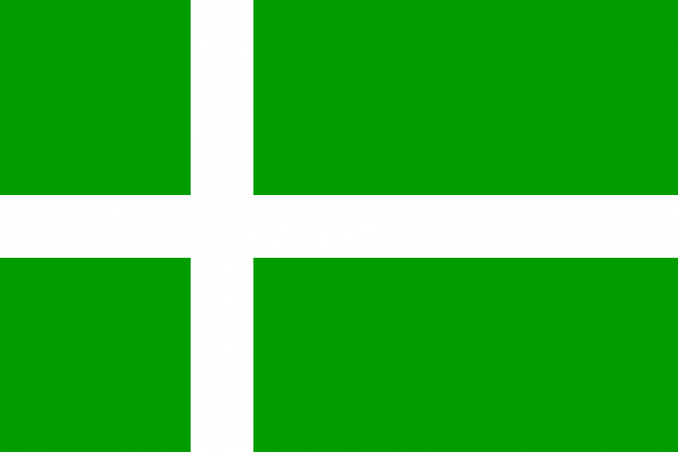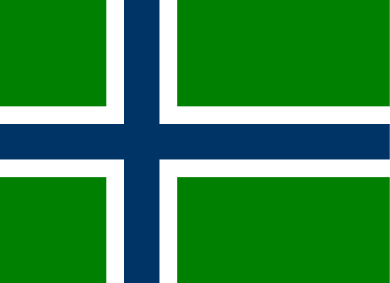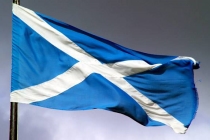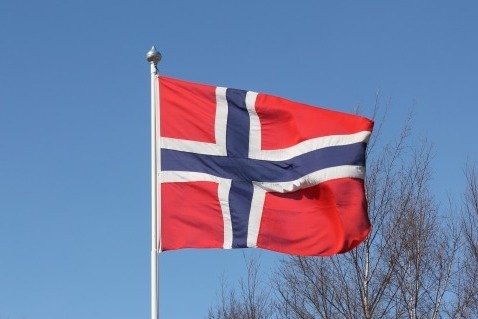Scottish county of Sutherland chooses flag
A flag has been chosen to represent the county of Sutherland following a public vote. The winning design, which features a Saltire and a Nordic cross which is said to represent Sutherland's position as the historic mainland frontier between Scotland and the Vikings. The black is to acknowledge the peat of the Flow Country and dark skies, which together with the white recalls the central colours of the former Sutherland Council arms. There is golden sun on the flag, formed where the arms of the crosses meet. This is described as symbolising the sun raised high in the south for the origin of the county's name South Land (Sutherland). It also symbolises the sunrises seen on the east coast and sunsets on Sutherland's west coast. The name Sutherland dates from the time of Norwegian Viking rule. Although it contains some of the northernmost land in Scotland, it was called Suðrland ("southern land") by the Norse from the standpoint of the Viking strongholds of Orkney and Caithness
Nordic crosses feature on a number of the flags of the islands and counties of Scotland, many of which have strong Norse-Gael heritage. Caithness (Scottish Gaelic: Gallaibh and Old Norse: Katanes), which borders Sutherland chose a Nordic cross and galley design in 2016, symbolising Caithness' ancient ties to the Vikings. The Caith part of the name Caithness comes from the name of a Celtic Pictish tribe known as the Cat, Catt people or Catti. The -ness element comes from Old Norse and means "headland". The Norse called the area Katanes ("headland of the Catt people"), and over time this became Caithness. The Gaelic name for Caithness, Gallaibh, means "among the strangers" (the Norse). The Catti are represented in the Gaelic name for eastern Sutherland, Cataibh, and the old Gaelic name for Shetland, Innse Chat.
